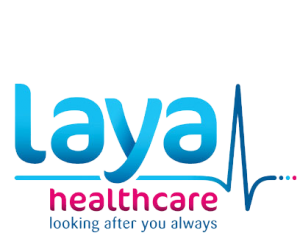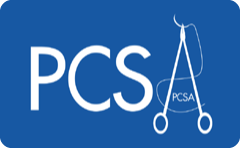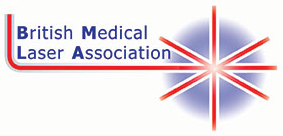 Download this information as a PDF
Download this information as a PDF
Photodynamic therapy (PDT) is an emerging new procedure being used by dermatologists to treat certain types of skin cancer. Current evidence is showing PDT to be effective in treating solar keratoses on the face and scalp, and superficial basal cell carcinomas. It appears to be as effective as conventional treatments such as cryotherapy (liquid nitrogen), curettage, radiotherapy and topical 5-fluorouracil (Efudix™ cream).
What is PDT and how does it work?
PDT utilises photosensitising agents, oxygen and light, to create a photochemical reaction that selectively destroys cancer cells. Photosensitising agents are drugs that are administered into the body through topical, oral or intravenous methods. In the body, they concentrate in cancer cells and only become active when light of a certain wavelength is directed onto the area where the cancer is. The photodynamic reaction between the photosensitising agent, light and oxygen kills the cancer cells. Listed below are several photosensitising agents currently being used in PDT.
Photosensitising agents
Methyl aminolevulinic acid (Metvix™) cream
- Registered for use in NZ for the treatment of actinic keratoses and superficial basal cell carcinoma
- Used with red light
- Cutaneous photosensitvity resolves within 24 hours after application
Aminolevulinic acid hydrochloride topical solution (Levulan® Kerastick®)
- Registered in the USA for the treatment of solar keratoses
- Used with blue light
Porfimer sodium (Photofrin™)
- Not registered for use in NZ
- Administered intravenously
- Causes generalised cutaneous photosenstivity that can last for months
Benzoporphyrin derivative monacid ring A
- Second‐generation photosensitisers undergoing evaluation
Tin ethyl etiopurpurin
Lutetium texaphyrin
Light sources used in PDT include laser or nonlaser light. Laser light has the advantages of being:
- monochromatic (exactly one colour/wavelength that corresponds with the peak absorption of the photosensitising agent)
- coherent (able to focus lightwaves to specific site)
- intense (high irradiance allowing for shorter treatment times)
Laser light is suitable for small skin lesions whilst nonlaser light is better for the treatment of large skin lesions as the field of illumination is larger. Nonlaser light that emits polychromatic light is also suitable when using different photosensitisers with different absorption maxima.
What is PDT used for?
PDT is currently being used or investigated as a treatment for the following skin conditions:
- Solar keratoses on the face and scalp
- Basal cell carcinomas
- Bowen's disease (squamous cell carcinoma in situ)
- Squamous cell carcinoma
- Mycosis fungoides (cutaneous T-cell lymphoma)
- Kaposi sarcoma
- Psoriasis
- Viral warts
How is PDT given?
For the treatment of skin cancers PDT is performed in the rooms of your dermatologists or practitioner:
Stage 1
- Photosensitising drug is applied to the lesion. The skin may be gently scraped (curretage) beforehand to increase the amount of the drug absorbed.
- Wait a certain period of time (usually between 3‐6 hours) to allow the drug to concentrate in the cancer cells
Stage 2
- Laser light or nonlaser light is shone directly on to the treated area
- Treatment usually last between 5‐45 minutes
- Treated area is covered with a dressing
- Depending on the type of lesion being treated and the photosensitising chemical used, a 2nd cycle of treatment may be given 7 ‐ 10 days later
Stage 3
- A sunburn reaction will occur which usually heals within 4‐8 weeks
What are the possible side effects of PDT?
Side effects from PDT are due to the treated area being sensitive to light. The photosensitivity usually lasts about 24 hours (depending on the specific agent). Side effects may include:
- Burning/stinging sensation
- Swelling and redness
- Crusting
- Itchiness
- Peeling and blisters
- Skin infections
The treated area should be protected from light exposure using a dressing. A local anaesthetic such as lignocaine (lidocaine) spray may be applied to the treatment area before or during Stage 2 of the procedure to help relieve pain.
The treated skin lesion may blister and ulcerate as the cancer cells die off. This may take several weeks to heal. Scarring is generally minimal (but can be moderate). Loss of pigmentation may occur sometimes and can be permanent.
Although photosensitising drugs concentrate in cancer cells, they can also make healthy cells more sensitive to light. This is not a problem when photosensitising creams are used as they are localised to the treatment site. It is more of a problem when photosensitising drugs are given by mouth or injected intravenously. These patients may find all parts of their body sensitive to light and should take precautions to protect themselves from light for the necessary period of time (may be days or weeks depending on the photosensitising drug used).
On other websites: If you have any concerns with your skin or its treatment, see a dermatologist for advice.














